Black Skirt Tetra (Gymnocorymbus Ternetzi) Care Guide: Behavior, Breeding, and Tank Setup
Also called White Skirt Tetra, Black Widow, Black Tetra, Black Widow Tetra



Quick Links - Your Questions Answered
Brief Description
This guide offers comprehensive information on how to care for and breed Black Skirt Tetras, covering everything from tank setup to diet and health advice. We invite you to share your own experiences in the comments section below. Don’t forget to check out a related article: Black Skirt Tetra - Gymnocorymbus ternetzi Profile.
Care Level & Compatibility Overview
Care Level: Easy to moderate
Temperament: Peaceful, shoaling
Tank Size: Minimum 50 liters (~13 US gallons), ideally 200 liters (~53 US gallons) for larger groups
Compatibility: Best with other peaceful species of similar size. Avoid aggressive or territorial fish.
Origin and Suggestions for Tank Setup
The Black Skirt Tetra comes from South America, especially from rivers in Paraguay, South Brazil, Argentina, and Bolivia. They also live in Rio Negro, which has dark, slow-moving waters rich in decomposing wood. For aquariums, include driftwood to mimic their natural habitat. Black Skirts thrive in densely planted tanks, so plants like Anubias Nana, Vallisneria Spiralis, and Vallisneria Gigantea are great choices. These plants may not originate from Rio Negro, but they are easy to maintain and suit the Black Skirt Tetra's environment.
Tank dimensions matter. An ideal setup includes a tank around 50 cm (~20 inches) high, providing both hiding spots and open swimming areas. A water temperature between 20 to 26°C (~68 - 79°F), hardness of 5 to 19°N dGH (89.29 - 339.29 ppm, 1.79 - 6.79 mEq), and a pH near 7 are optimal. They can adapt to slightly acidic or alkaline water, as well as hard or soft water, but stability is key for their well-being. Deep tanks are better than shallow ones, allowing these tetras to swim through the vertical water column comfortably.
Substrate: A fine gravel or sandy substrate is ideal, replicating their natural environment.
Filtration & Aeration: Moderate flow with good filtration is important to maintain water quality. Additional aeration helps mimic the oxygen-rich waters of their habitat.
Lighting: Low to moderate lighting is suitable. Too bright lighting can stress the fish, so subdued or filtered light through plants works best.
Behavior and Temperament
Black Skirt Tetras are peaceful and shoaling fish, which means they need to be in groups of at least 6, although 10 or more is better. They can be timid if kept in isolation, so a lively tank environment is best. Keeping them in a 200-liter (53 US gallons) tank allows for 30 to 40 specimens. In a corner-hidden tank, they may become shy, but placing the aquarium in a more active area helps them adjust. Since they are prey rather than predators, they mix well with other peaceful fish, such as Bloodfins, Neons, and Blue Emperors. However, avoid keeping them with aggressive species like Acaras to prevent stress.
If you’re considering tankmates, Black Skirts do well in community tanks with species like Guppies and Glass Bloodfish, along with some catfish. Their social behavior can be fun to watch, as males and females often chase each other without showing aggression or territorial behavior.
Physical Characteristics
The Black Skirt Tetra has a flat body with beautiful silver and black coloring. Its dorsal, tail, and anal fins are black, while the silver body has three stripes that can be wavy or straight. One stripe runs through the eye, and two are behind the gills. When stressed, their colors may fade but will return once they are calm. The fish can grow up to 6 cm (2.36 inches), with males typically smaller and darker than females. There are variations of this species, like the albino White Skirt Tetra and a long-fin variant.
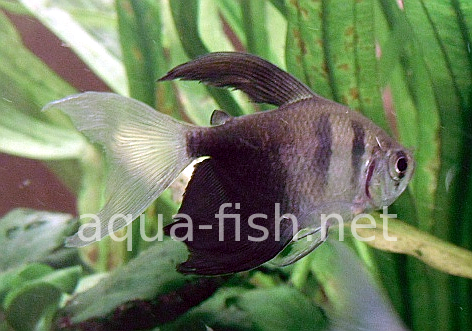
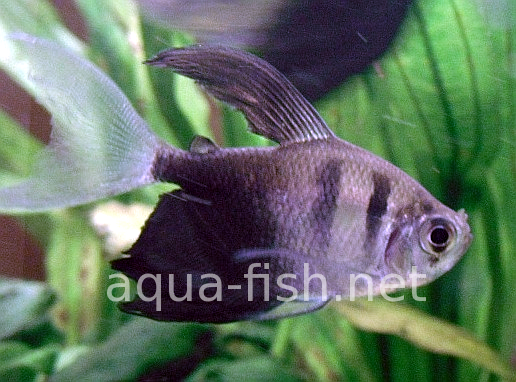
Breeding Process & Tips
Breeding Black Skirt Tetras is straightforward in soft, slightly acidic water. They lay eggs on plants with soft leaves, and a compatible pair can produce over 1,000 eggs in a single session. Once the eggs are laid, parents should be removed to prevent them from eating the eggs. Eggs hatch within 36 hours at a temperature of 26°C (78.8°F). After 7 days, fry are ready for food, and newly hatched Artemia salina is ideal. Transfer the fry to a 50-liter (~13 US gallons) tank after 10 days, giving them space to grow. It can be overwhelming to manage so many fry, so letting nature take its course often works best. Adding snails helps clean up any dead fry, reducing tank waste.
Tips for Success:
- Condition the adult fish with protein-rich foods before breeding.
- Set up a separate breeding tank with lots of fine-leaved plants like Java Moss to provide a surface for egg-laying.
- Keep the water temperature stable to improve fry survival rates.
Feeding Recommendations & Diet Schedule
Black Skirt Tetras are not picky eaters, but they are sensitive to quick movements and noise. A consistent feeding routine helps them feel secure. They eat food suspended in the water but can also feed from the surface. They are fast eaters, so you'll often see a quick ripple, and the food disappears! Offer a balanced diet of both meat- and vegetable-based granules, flakes, and frozen foods. Treat them once or twice a week with larvae or brine shrimp. When hungry, they can show a surprising level of excitement, similar to piranhas in their eagerness.
Sample Weekly Feeding Schedule:
- Monday: Flakes (vegetable-based)
- Tuesday: Granules (meat-based)
- Wednesday: Frozen brine shrimp
- Thursday: Flakes (vegetable-based)
- Friday: Granules (meat-based)
- Saturday: Frozen bloodworms or larvae
- Sunday: Fasting (to help prevent digestive issues)
Common Health Issues
Black Skirt Tetras are generally hardy, but they can suffer from common aquarium diseases such as ich, fin rot, or fungal infections. Stress, poor water quality, or an unstable environment can weaken their immune system.
Prevention Tips:
- Maintain stable water parameters with regular water changes.
- Quarantine new fish for at least two weeks before introducing them to the main tank.
- Avoid overcrowding and maintain good filtration to keep the water clean.
FAQs
- How long do Black Skirt Tetras live?
With proper care, they can live up to 5 years. - What is the minimum tank size for a school of Black Skirt Tetras?
A 50-liter (~13 US gallons) tank is the minimum, but a larger tank (100 liters or more) is ideal for a school of 10 or more. - Can Black Skirt Tetras be kept with shrimp?
Yes, they can be kept with shrimp. However, tiny shrimp may become snacks, so choose larger or more robust species like Amano shrimp.
Pictures
Here are more images of the Black Skirt Tetra for your reference. You’re welcome to use them on your site if you include a direct link to aqua-fish.net on each page where the pictures are displayed.
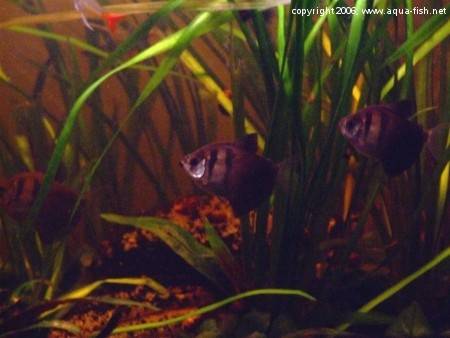
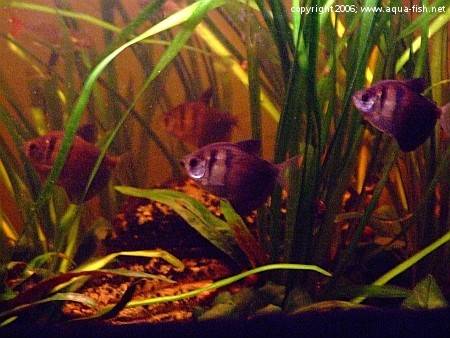
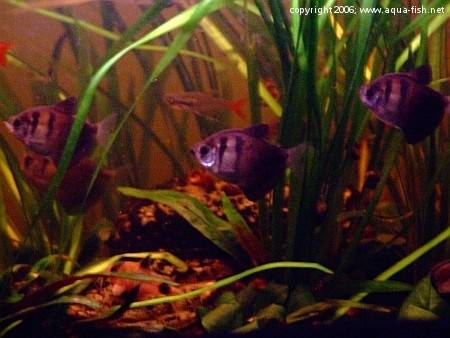
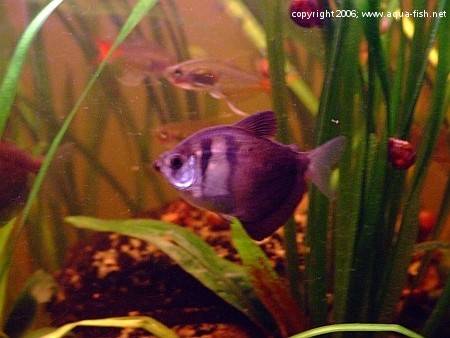
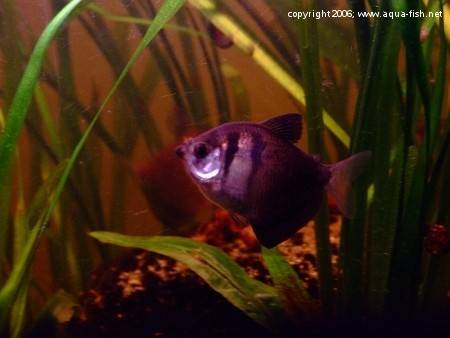
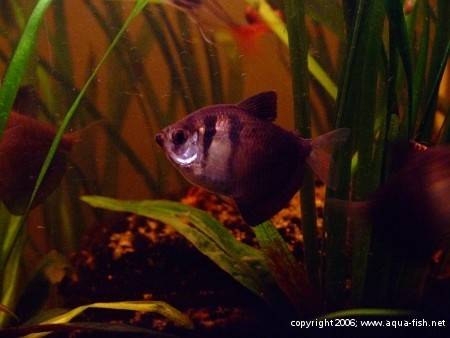
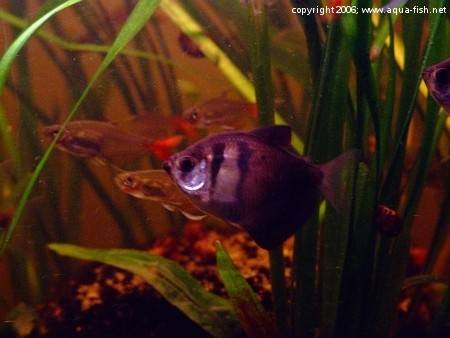
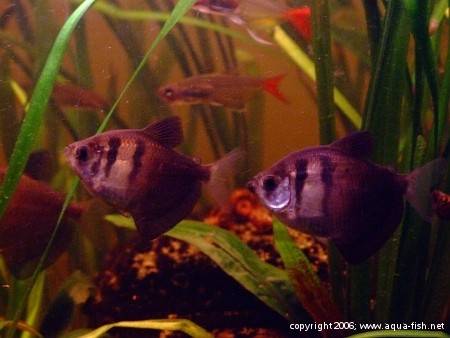
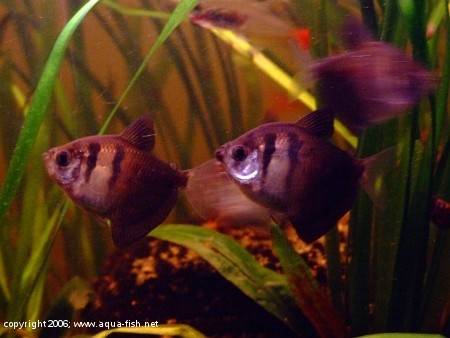
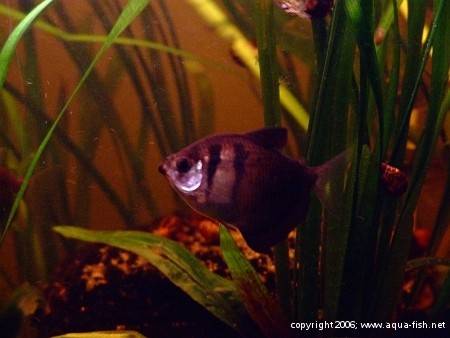
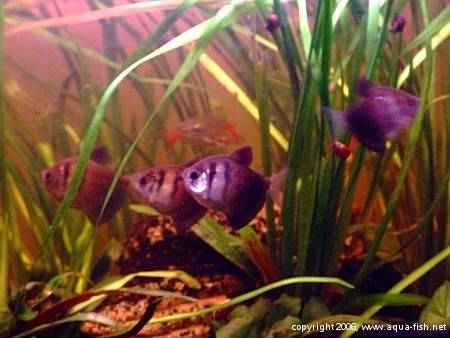
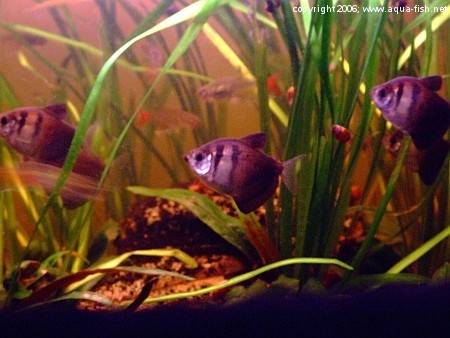
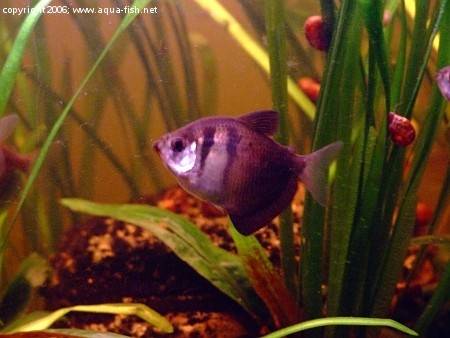
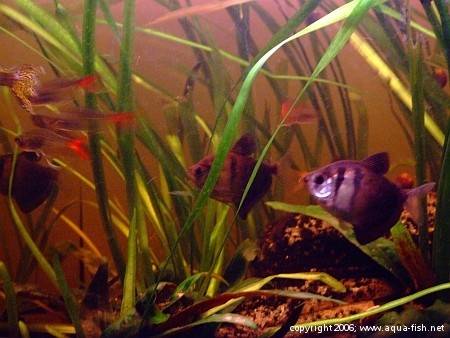
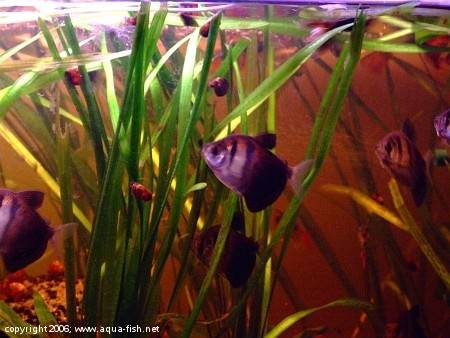

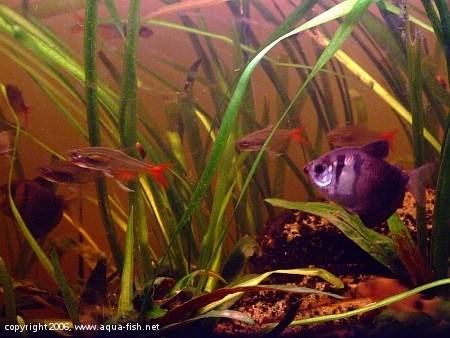
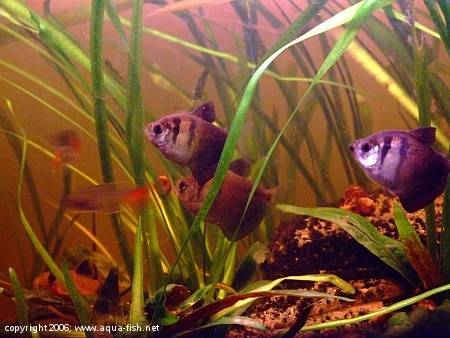
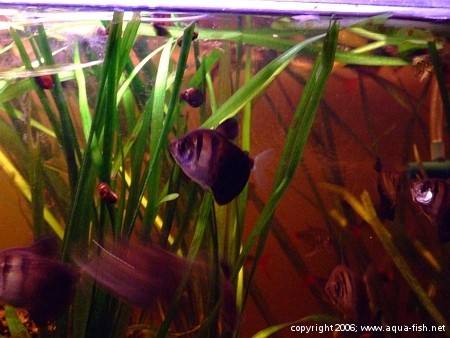
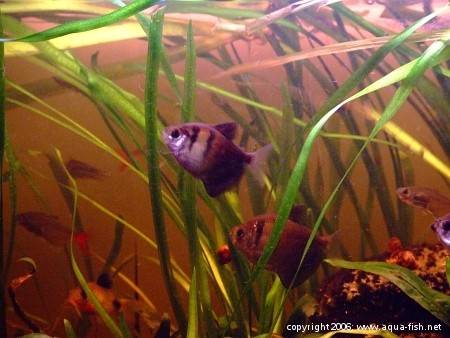
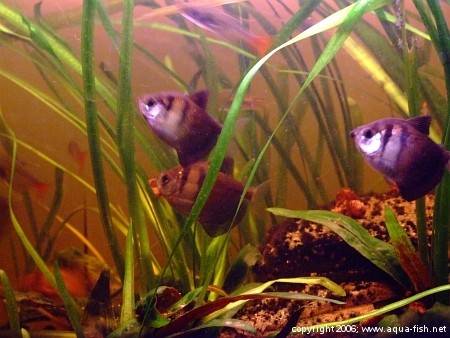
Video
Feel free to download our video of the Black Skirt Tetra here (9.1 MB, MPEG-1 type, 640x480).
Some of the information is sourced from an article by Miloslav Michalik – Akvarium Terarium 1982/5.




